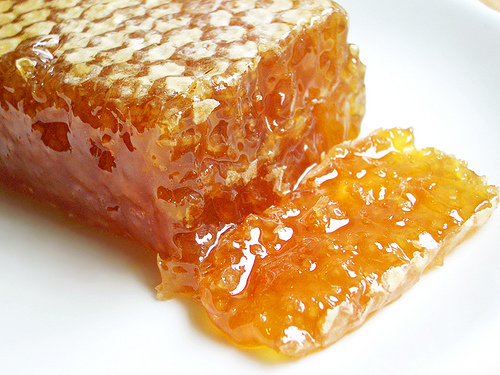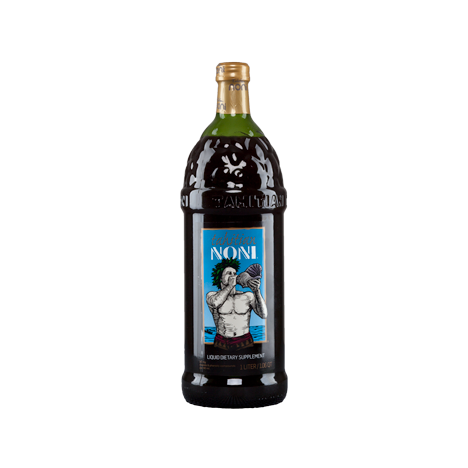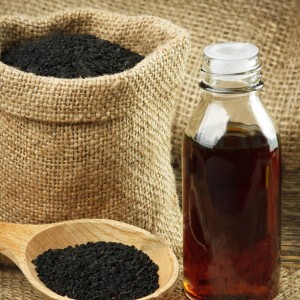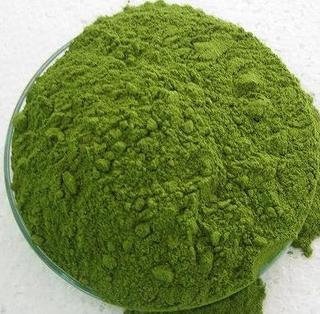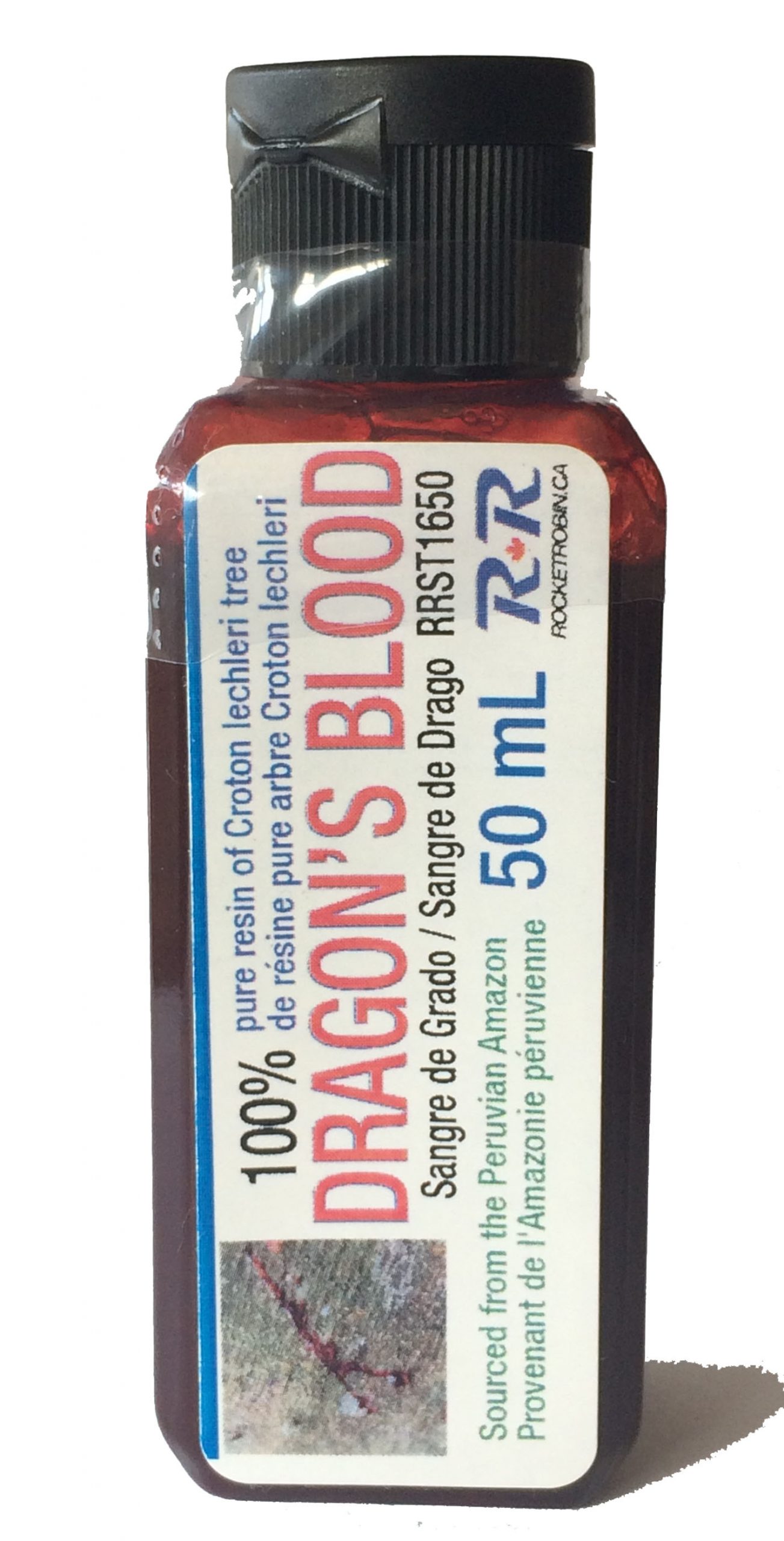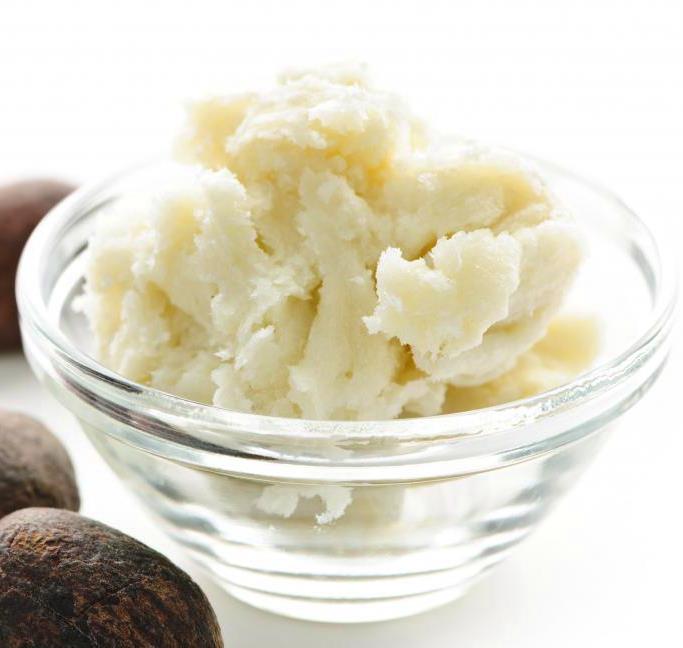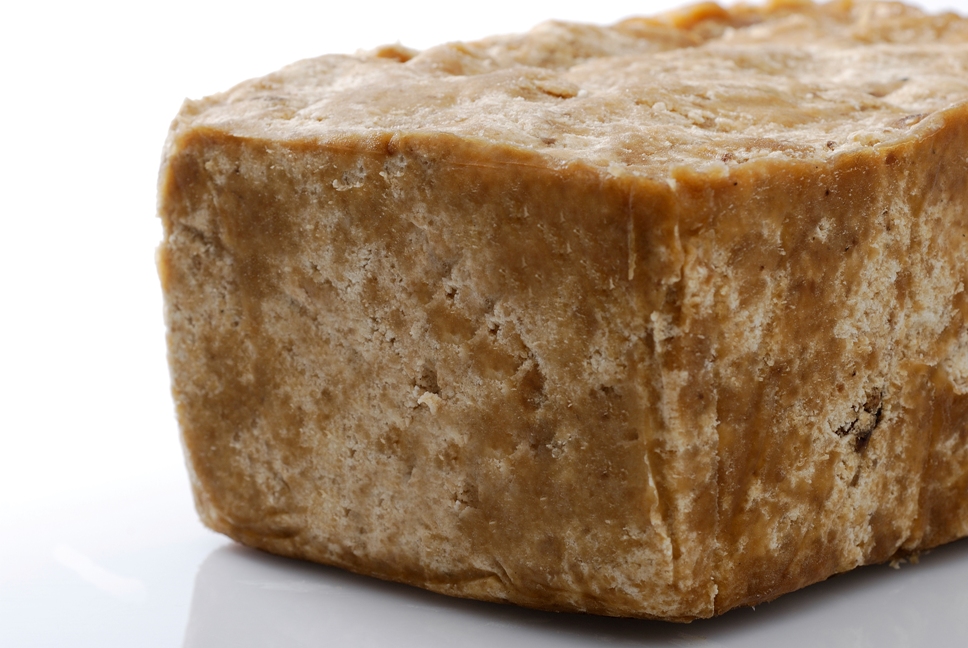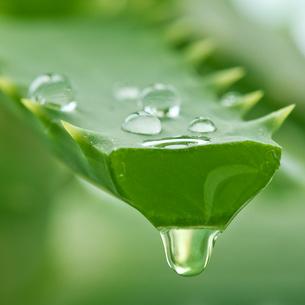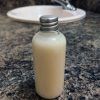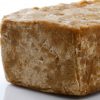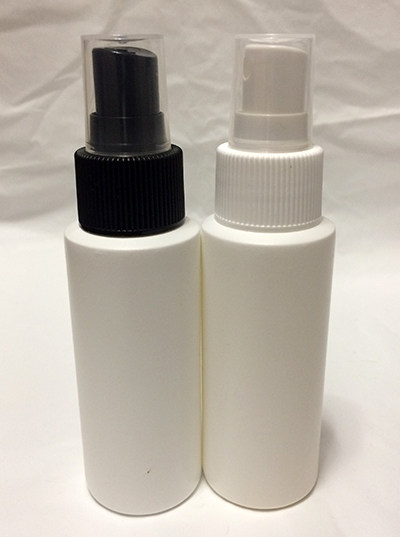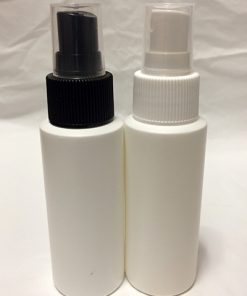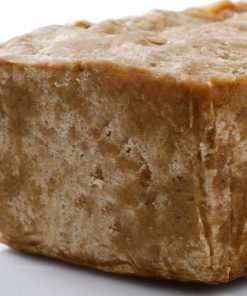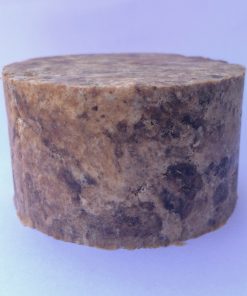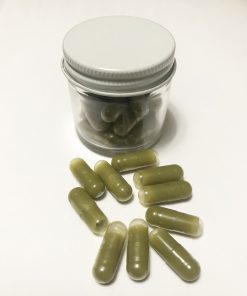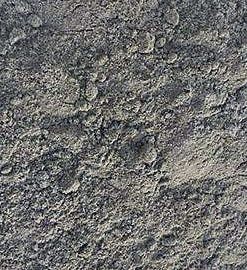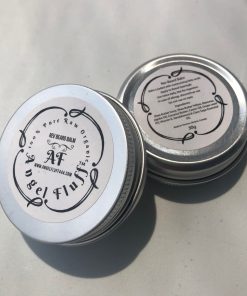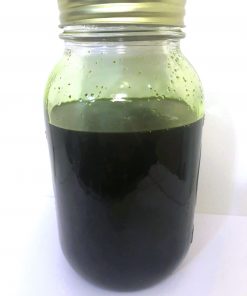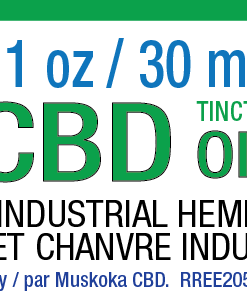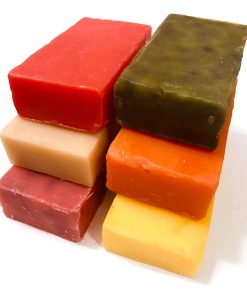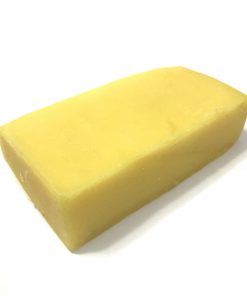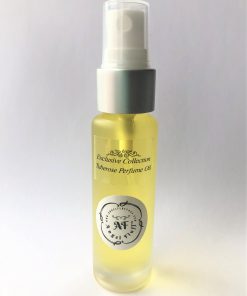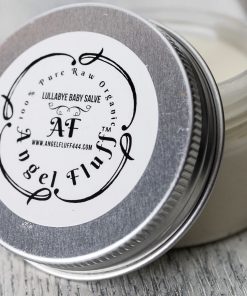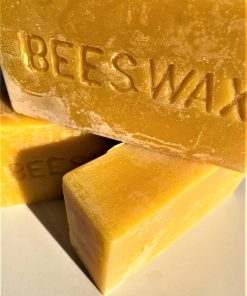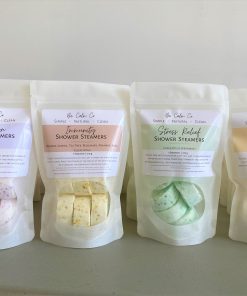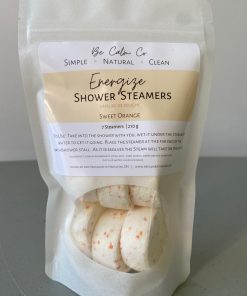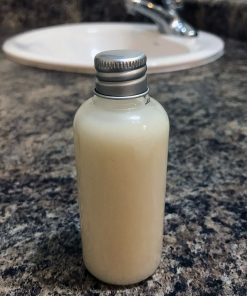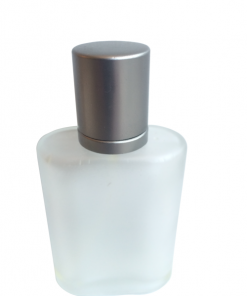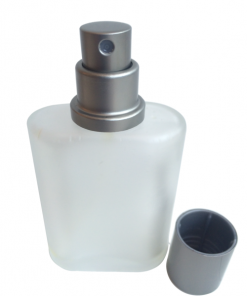Description
Air Freshener Natural – 100% Free of toxins and synthetics
Air Freshener Natural that is 100% free of toxic chemicals. Finally, a convenient natural solution.
- Spray anywhere in your home, workplace, office, workshop, car, truck, etc…
- Spray into the air, bathroom, bedroom, closet, garage, shed, you name it.
- Spray on surfaces, counters, tables, chairs, furniture and most fabrics
- Spray inside shoes, laundry and even your teenage son’s room:)
SIMPLE INGREDIENTS:
Alcohol isopropyl (70%) a.k.a. Rubbing Alcohol and genuine 100% natural and authentic essential oils. That’s it. Comes in a variety of aromas to suit your taste. Or try them all. More varieties to appear in the future.
- FLORAL: Like a bouquet of flowers
- MINTY: Who doesn’t like mint?
- BALSAM: Like a cool crisp Canadian pine forest
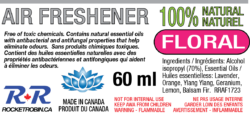
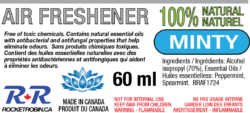
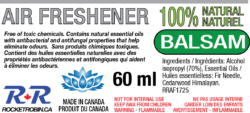
WHAT IS LURKING IN YOUR REGULAR AIR FRESHENER?
Trust me, you don’t want to know. I recommend just getting rid of all of them. If you really are curious, you can read this article presented by the Environmental Working Group on a popular brand. You may find it quite shocking.
In addition to the adsorbents, oxidizers, surfactants, and disinfectants, ingredients in air fresheners can include fragrances, aerosol propellants, preservatives, and solvents such as mineral oil or 2-butoxyethanol and other glycol ethers. As fragrances, air freshener preparations often include terpenes such as limonene. A report issued in 2005 by the Bureau Européen des Unions de Consommateurs (BEUC) found that many air freshener products emit allergens and toxic air pollutants including benzene, formaldehyde, terpenes, styrene, phthalate esters, and toluene. A study in 2006 found that the prominent products of the reaction of terpenes found in air fresheners with ozone included formaldehyde, hydroxyl radical, and secondary ultrafine particles.
The first modern air freshener was introduced in 1948. Its function was based on a military technology for dispensing insecticides and adapted into a pressurized spray using a chlorofluorocarbon (CFC) propellant. The product delivered a fine mist of aroma compounds that would remain suspended in the air for an extended period of time. This type of product became the industry standard and air freshener sales experienced tremendous growth. In the 1950s, many companies began to add chemicals that counteract odors to their fragrance formulas. These chemicals, intended to neutralize or destroy odours, included unsaturated esters, pre-polymers, and long-chain aldehydes.
TOXICITY
Many air fresheners employ carcinogens, volatile organic compounds and known toxins such as phthalate esters in their formulas. A Natural Resources Defense Council (NRDC) study of 13 common household air fresheners found that most of the surveyed products contain chemicals that can aggravate asthma and affect reproductive development. The NRDC called for more rigorous supervision of the manufacturers and their products, which are widely assumed to be safe:
The study assessed scented sprays, gels, and plug-in air fresheners. Independent lab testing confirmed the presence of phthalates, or hormone-disrupting chemicals that may pose a particular health risk to babies and young children, in 12 of the 14 products—including those marked ‘all natural.’ None of the products had these chemicals listed on their labels.
On September 19, 2007, along with the Sierra Club, Alliance for Healthy Homes, and the National Center for Healthy Housing, the NRDC filed a petition with the U.S. Environmental Protection Agency and the Consumer Product Safety Commission to report the findings.
The University of Bristol’s Avon Longitudinal Study of Parents and Children (ALSPAC) found that exposure to volatile organic compounds through frequent use of air fresheners and other aerosols in the home was found to correlate with increased earaches and diarrhea in infants, and with increased depression and headaches in their mothers.
In 2008, Anne C. Steinemann of the University of Washington published a study of top-selling air fresheners and laundry products. She found that all products tested gave off chemicals regulated as toxic or hazardous under federal laws, including carcinogens with no safe exposure level, but none of these chemicals were listed on any of the product labels or Material Safety Data Sheets. Chemicals included acetone, the active ingredient in paint thinner and nail-polish remover; chloromethane, a neurotoxicant and respiratory toxicant; and acetaldehyde and 1,4-dioxane, both carcinogens. A plug-in air freshener contained more than 20 different volatile organic compounds, with more than one-third classified as toxic or hazardous under federal laws. Even air fresheners called “organic,” “green,” or with “essential oils” emitted hazardous chemicals, including carcinogens.
In 2009, Stanley M. Caress of the University of West Georgia and Anne C. Steinemann of the University of Washington published results from two national epidemiological studies of health effects from exposure to air fresheners. They found that nearly 20 percent of the general population and 34 percent of asthmatics report headaches, breathing difficulties, or other health problems when exposed to air fresheners or deodorizers.
A 2007 study tested 74 air freshening products and measured the concentration of VOCs in the air after use. They reported that a total of more than 350 different chemicals and allergens were detected, including (but not limited to!) benzene, formaldehyde, styrene, and phthalates.
Spray bottles (aerosol) cause additional health risks due to ingredients used as propellants, such as butane and propane.
General Precautions:
DO NOT SPRAY DIRECTLY INTO EYES. Not for internal use. Keep away from children.
WARNING – FLAMMABLE. Use in a reasonably ventilated area.
TRUST ROCKET ROBIN
Rocket Robin is proud to be your supplier of truly natural products with simple ingredients in support of your family’s health and well-being.
Additional information
| Weight | 0.2 kg |
|---|---|
| Dimensions | 5 × 5 × 12 cm |
| Variety | Floral, Minty, Balsam |

